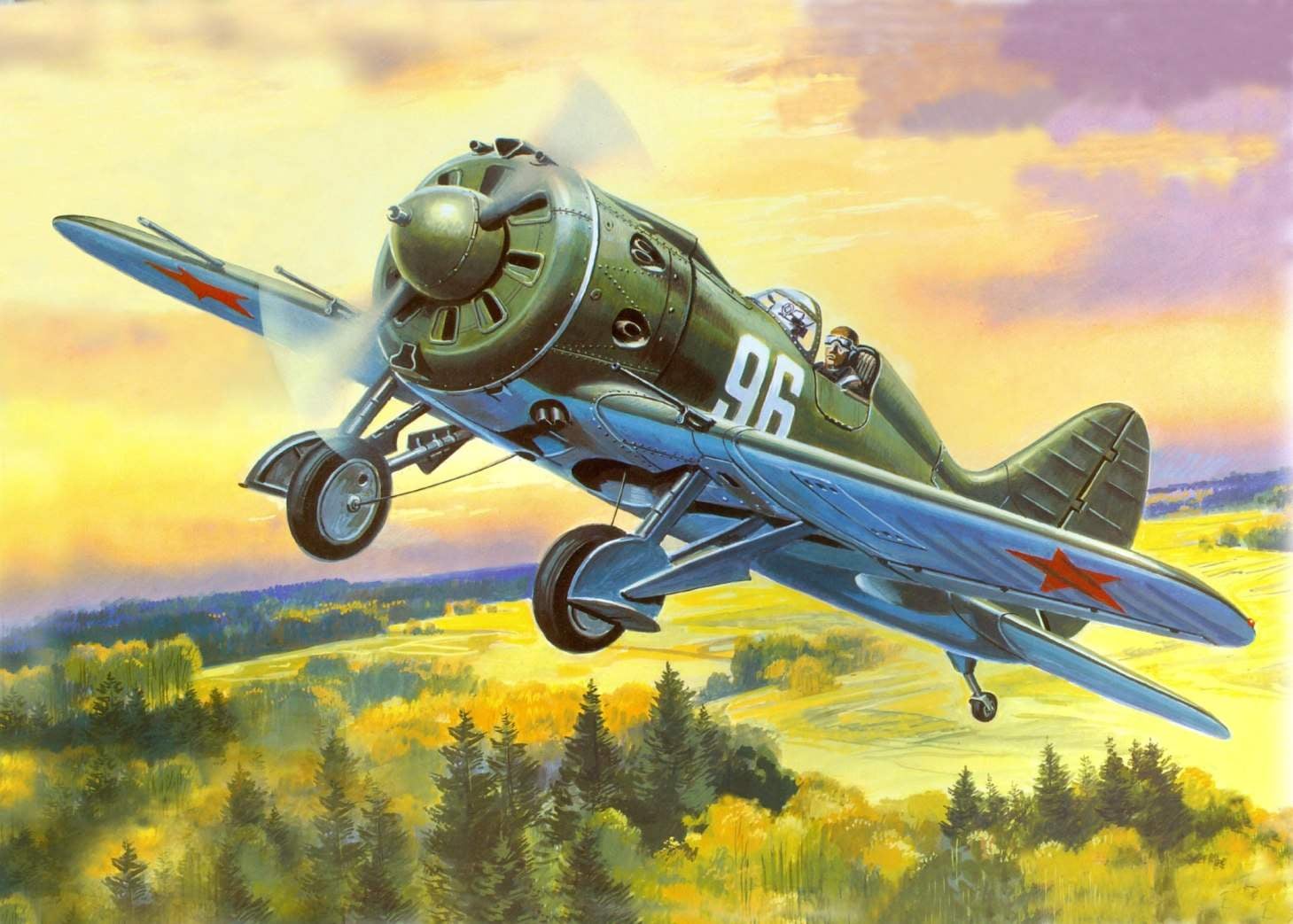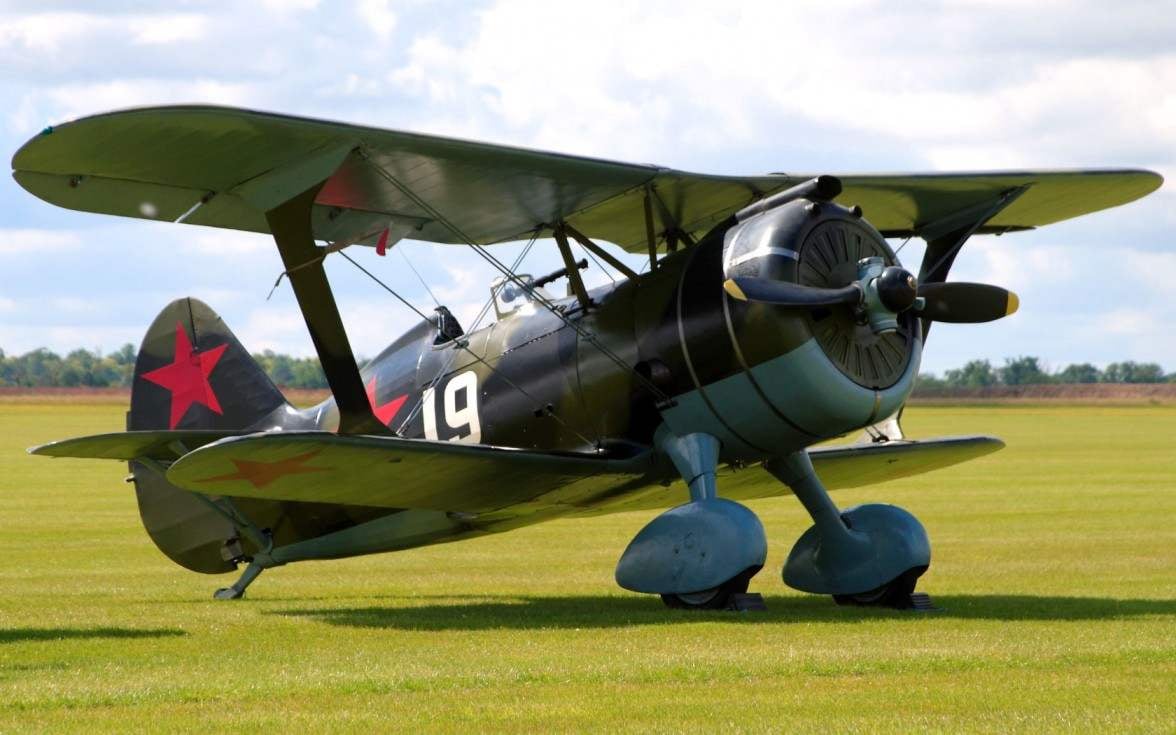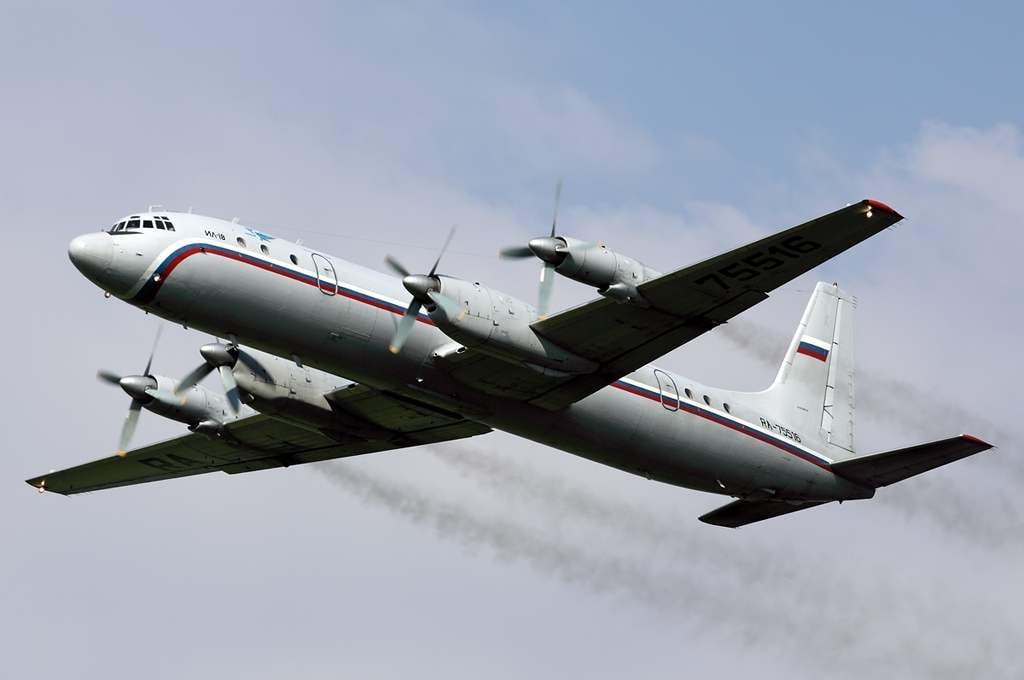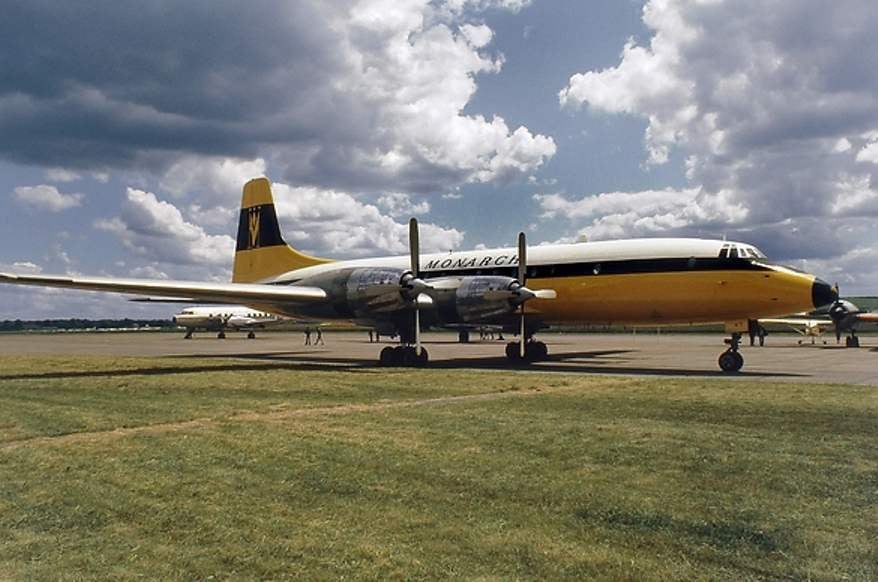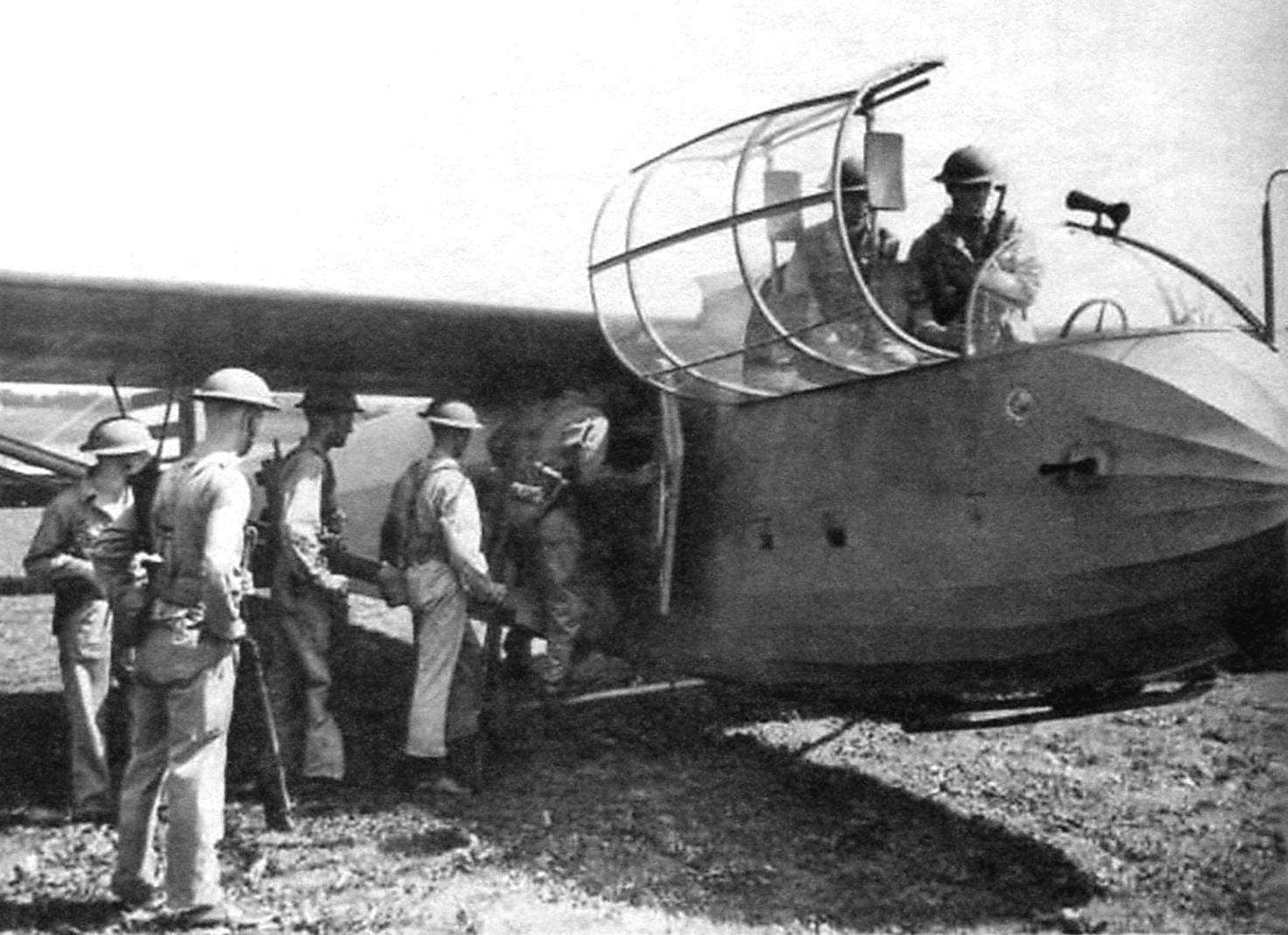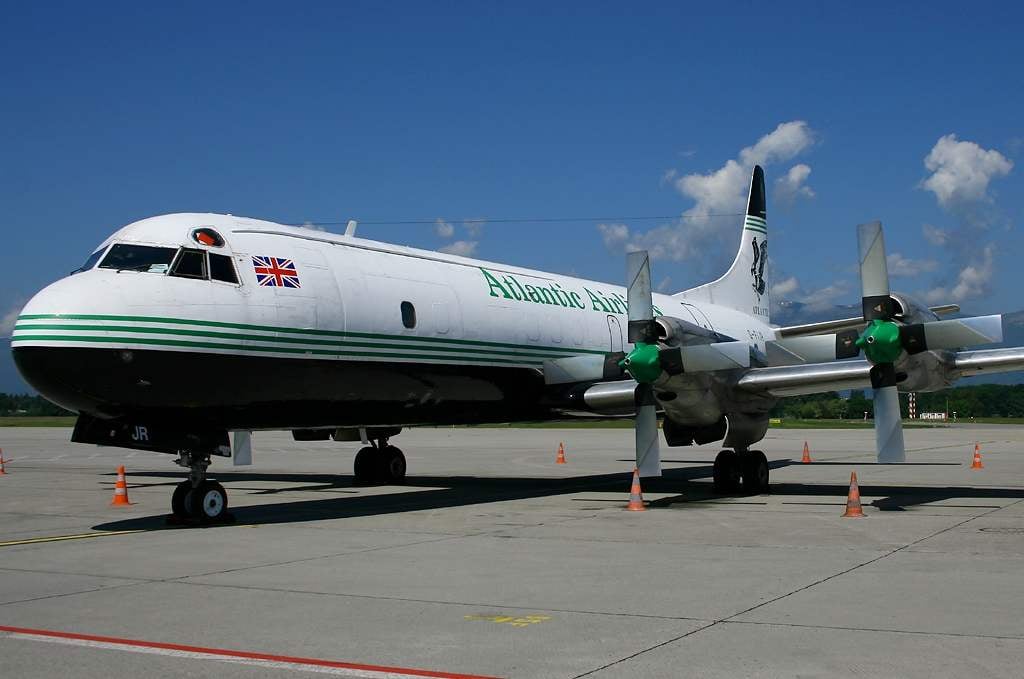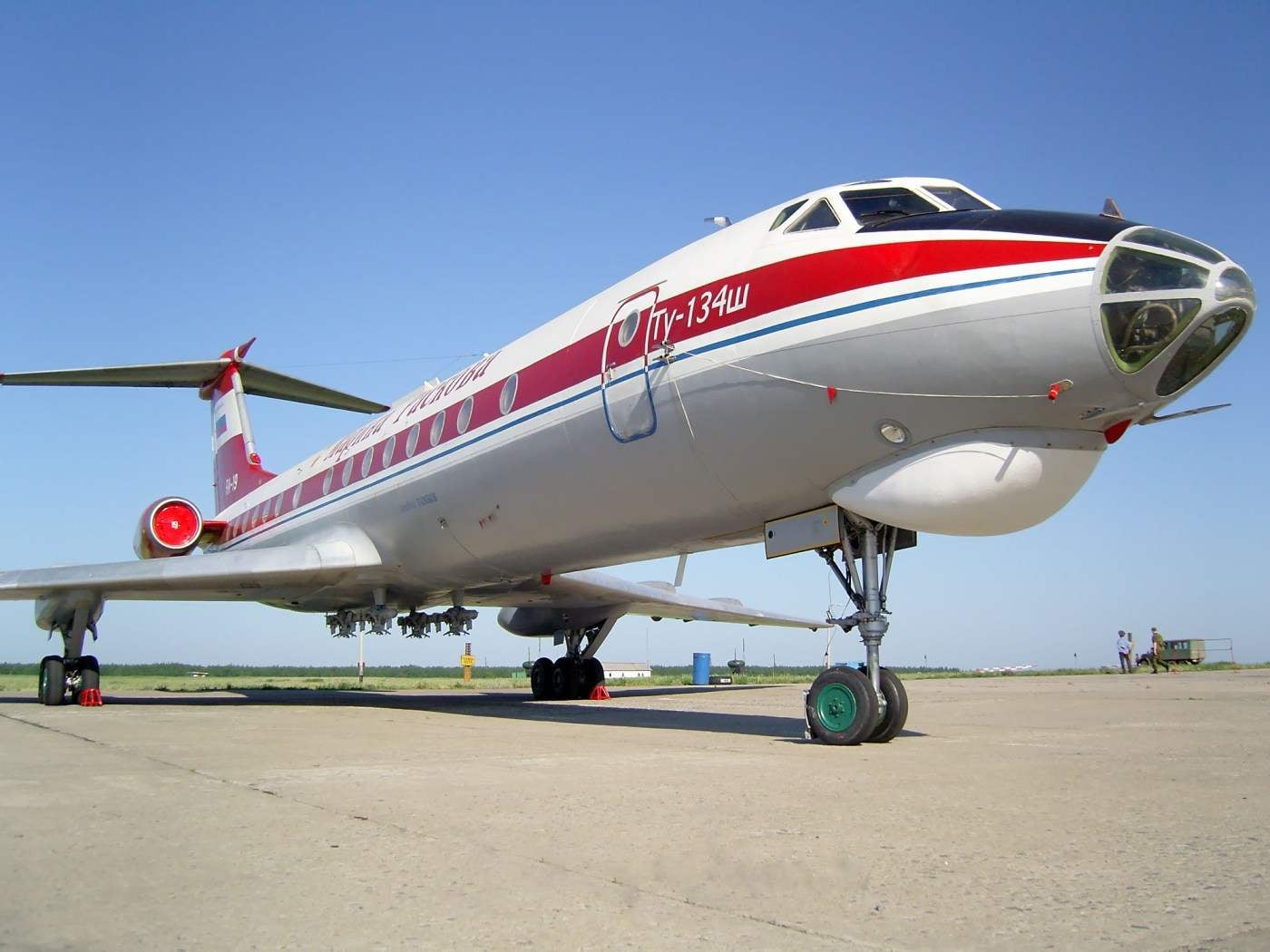 The development of the fighter began in 1933 under the designation TSKB-12. 30 December of the same year, V. P. Chkalov tested the machine with the engine M-22 in flight. During the tests achieved speed 359 km/h. the First production aircraft with two ShKAS machine guns, built at factory No. 21, the customer has got in early 1935 Later the fighter was produced with the engine M-25, M-62 and M-63, bringing its speed up to 470 km/h was Improved and weapons of a fighter.
The development of the fighter began in 1933 under the designation TSKB-12. 30 December of the same year, V. P. Chkalov tested the machine with the engine M-22 in flight. During the tests achieved speed 359 km/h. the First production aircraft with two ShKAS machine guns, built at factory No. 21, the customer has got in early 1935 Later the fighter was produced with the engine M-25, M-62 and M-63, bringing its speed up to 470 km/h was Improved and weapons of a fighter.
Aviation
MULTIPURPOSE AND MULTINATIONAL
 French carrier-based aircraft BREGUET Br.1050 Alize. The need for double decked multi-role aircraft, capable of reconnaissance, and search and destruction of submarines, came the Navy of France with the deployment of the construction of new aircraft carriers. The order for the development of such aircraft placed on firm Breguet, and such a choice of the contractor was not accidental. In 1946 — 1952 Breguet has worked to develop a plane Breguet Br.960 Vultur and its anti-submarine variant VG.962 AM. It is quite logical that the new aircraft began to design on the basis of tested machines.
French carrier-based aircraft BREGUET Br.1050 Alize. The need for double decked multi-role aircraft, capable of reconnaissance, and search and destruction of submarines, came the Navy of France with the deployment of the construction of new aircraft carriers. The order for the development of such aircraft placed on firm Breguet, and such a choice of the contractor was not accidental. In 1946 — 1952 Breguet has worked to develop a plane Breguet Br.960 Vultur and its anti-submarine variant VG.962 AM. It is quite logical that the new aircraft began to design on the basis of tested machines.
I-15bis
 The biplane I-15 upper wing type “Chaika” was a further development of fighter I-5. The first flight of an aircraft equipped with the engine SGR-1820 F-Z of the company “Wright-Cyclone”, performed by V. Chkalov in 1934, First production vehicles were completed with 480-horsepower engine, M-22, and since 1937 — the M-25 takeoff power 630 HP, the Aircraft was constantly improved. His first option was the I-15bis. different upper wing, located on the scheme parasol.
The biplane I-15 upper wing type “Chaika” was a further development of fighter I-5. The first flight of an aircraft equipped with the engine SGR-1820 F-Z of the company “Wright-Cyclone”, performed by V. Chkalov in 1934, First production vehicles were completed with 480-horsepower engine, M-22, and since 1937 — the M-25 takeoff power 630 HP, the Aircraft was constantly improved. His first option was the I-15bis. different upper wing, located on the scheme parasol.
IL-18
 Four-passenger aircraft Il-18 was designed at OKB Ilyushin in 1956 4 July 1957 the prototype it with TVD NK-4 first took to the sky. It was designed to carry 75 passengers. In October of the same year Moscow plant № 30 was built the first production Il-18 for 89. In March 1958 completed factory and in August of the same year joint tests in NII VVS. In September, the Il-18A was exhibited at the world exhibition in Brussels, where he received a Gold medal. In the same month, the airliner has successfully completed the state testing.
Four-passenger aircraft Il-18 was designed at OKB Ilyushin in 1956 4 July 1957 the prototype it with TVD NK-4 first took to the sky. It was designed to carry 75 passengers. In October of the same year Moscow plant № 30 was built the first production Il-18 for 89. In March 1958 completed factory and in August of the same year joint tests in NII VVS. In September, the Il-18A was exhibited at the world exhibition in Brussels, where he received a Gold medal. In the same month, the airliner has successfully completed the state testing.BRISTOL 175 BRITANNIA
 Four-engine airliner Britannia started to be developed on the instructions issued in 1946, for long-haul flights to the outskirts of the British Empire. Originally it was going to equip with piston engines, but in 1949 they were replaced TVD “Proteus”. The first prototype flew on 16 August 1952 mass production of the Britannia was carried out between September 1954, However, forced landing in Uganda in operational trials in March 1956 delayed the introduction of the aircraft on regular routes. The first flight from London to Johannesburg, the plane made 1 Feb 1957
Four-engine airliner Britannia started to be developed on the instructions issued in 1946, for long-haul flights to the outskirts of the British Empire. Originally it was going to equip with piston engines, but in 1949 they were replaced TVD “Proteus”. The first prototype flew on 16 August 1952 mass production of the Britannia was carried out between September 1954, However, forced landing in Uganda in operational trials in March 1956 delayed the introduction of the aircraft on regular routes. The first flight from London to Johannesburg, the plane made 1 Feb 1957GLIDER CG-3A – WOODEN “SCHOOL DESK” AMERICAN PARATROOPERS
 In February 1941 Aviatsionny corps of the U.S. army (the predecessor of the air force, U.S. army) became interested in the possibility of using gliders in the landing and transportation operations. As a result, by March 1941, developed the preliminary requirements for two types of gliders for the transport of eight and 15 people. These requirements sent to eleven firms, but only four of them said that they are ready to start work. It was “the Frankfort, sailplan company”, “Waco aircraft company of Troy”, “Bowles, sailplan incorporated and the St. Louis aircraft Corporation”. Other refused to participate in the contest, being involved in the implementation of other military orders, or citing the lack of necessary capacity or experience. To the stage of construction of prototypes of the gliders made it two companies.
In February 1941 Aviatsionny corps of the U.S. army (the predecessor of the air force, U.S. army) became interested in the possibility of using gliders in the landing and transportation operations. As a result, by March 1941, developed the preliminary requirements for two types of gliders for the transport of eight and 15 people. These requirements sent to eleven firms, but only four of them said that they are ready to start work. It was “the Frankfort, sailplan company”, “Waco aircraft company of Troy”, “Bowles, sailplan incorporated and the St. Louis aircraft Corporation”. Other refused to participate in the contest, being involved in the implementation of other military orders, or citing the lack of necessary capacity or experience. To the stage of construction of prototypes of the gliders made it two companies.
LOCKHEED L-188 ELECTRA
 Four-engine passenger turboprop aircraft L-188 was created under the requirements of the airline “American airlines”. In June 1955 the project was chosen from among submitted various aircraft manufacturing firms in the USA. New car interested in other airlines. The prototype of the “Electra” took to the skies on 6 December 1957, the serial production at the plant of the company “Lockheed” in Baer Bank began in October, 1958 January 12, 1959 the aircraft, “Eastern air lines” made the first flight from new York to Miami.
Four-engine passenger turboprop aircraft L-188 was created under the requirements of the airline “American airlines”. In June 1955 the project was chosen from among submitted various aircraft manufacturing firms in the USA. New car interested in other airlines. The prototype of the “Electra” took to the skies on 6 December 1957, the serial production at the plant of the company “Lockheed” in Baer Bank began in October, 1958 January 12, 1959 the aircraft, “Eastern air lines” made the first flight from new York to Miami.SWEDISH SPEAR
 Sweden was and remains one of the few countries in the world, able to create a world-class aircraft. Combat aircraft of that Scandinavian countries have always been some kind of “twist”, they should not be confused with similar machines from other countries. In a world quite similar to each other planes, but similar to the Swedish fighter, perhaps, could not be found. The explanation, in my opinion, is simple: since its inception in the late 1930-ies the Swedish aviation industry is not copied already built foreign aircraft, designed and built their own samples. And the fact that in a short time the Scandinavian engineers to develop could not (for example, modern jet engines and electronic equipment) purchased abroad, including a license for their production. The result of this competent technical policy was the fact that in the postwar “jet race” Sweden is practically not inferior to the world’s leading aviation powers, and in some cases even ahead of them.
Sweden was and remains one of the few countries in the world, able to create a world-class aircraft. Combat aircraft of that Scandinavian countries have always been some kind of “twist”, they should not be confused with similar machines from other countries. In a world quite similar to each other planes, but similar to the Swedish fighter, perhaps, could not be found. The explanation, in my opinion, is simple: since its inception in the late 1930-ies the Swedish aviation industry is not copied already built foreign aircraft, designed and built their own samples. And the fact that in a short time the Scandinavian engineers to develop could not (for example, modern jet engines and electronic equipment) purchased abroad, including a license for their production. The result of this competent technical policy was the fact that in the postwar “jet race” Sweden is practically not inferior to the world’s leading aviation powers, and in some cases even ahead of them.CLASSROOM ABOVE THE CLOUDS
 The second of may 1952 from London Heathrow airport and went to the first commercial flight to Johannesburg, the world’s first passenger jet airliner “Comet” created by the British firm “De Hevilend”. Subsequent accidents and disasters that accompanied its operation, did not stop the desire of the world’s leading aviation powers to progress and the creation of new reactive machines.
The second of may 1952 from London Heathrow airport and went to the first commercial flight to Johannesburg, the world’s first passenger jet airliner “Comet” created by the British firm “De Hevilend”. Subsequent accidents and disasters that accompanied its operation, did not stop the desire of the world’s leading aviation powers to progress and the creation of new reactive machines.
STEARMAN PT-13/PT-17/PT-18
 In 1933, the designers of the American company “Starman” designed the training aircraft, with a motor 215 l,p, called the “model 70”. It was an all-metal biplane with fabric covering, which had fixed landing gear with cantilever main legs and tailwheel. After successful prototype tests launched it into production.
In 1933, the designers of the American company “Starman” designed the training aircraft, with a motor 215 l,p, called the “model 70”. It was an all-metal biplane with fabric covering, which had fixed landing gear with cantilever main legs and tailwheel. After successful prototype tests launched it into production.
